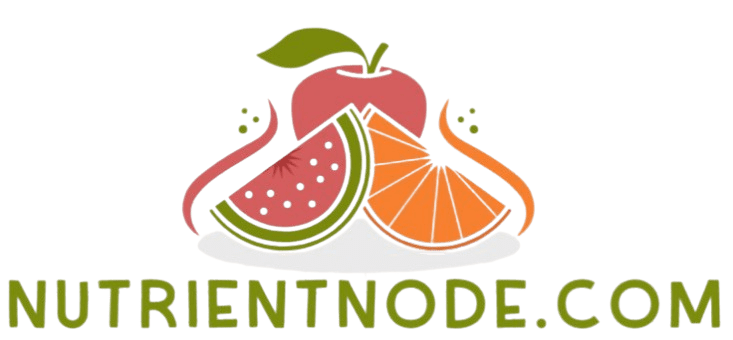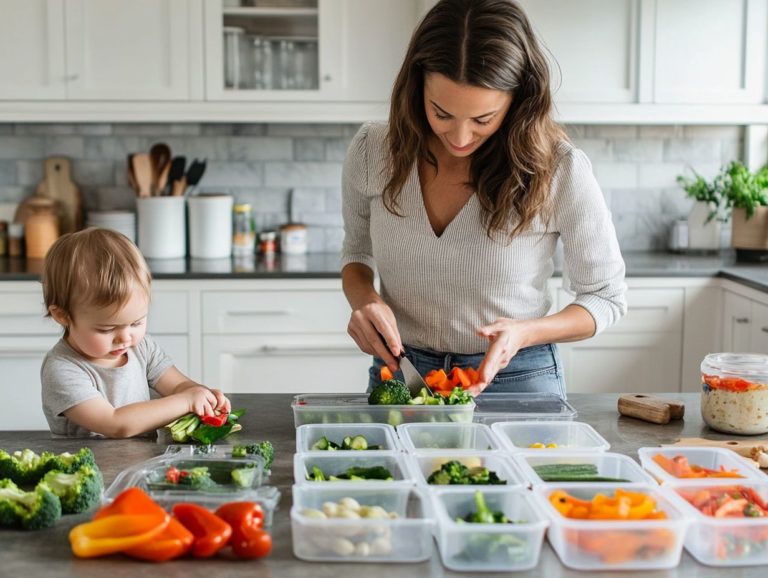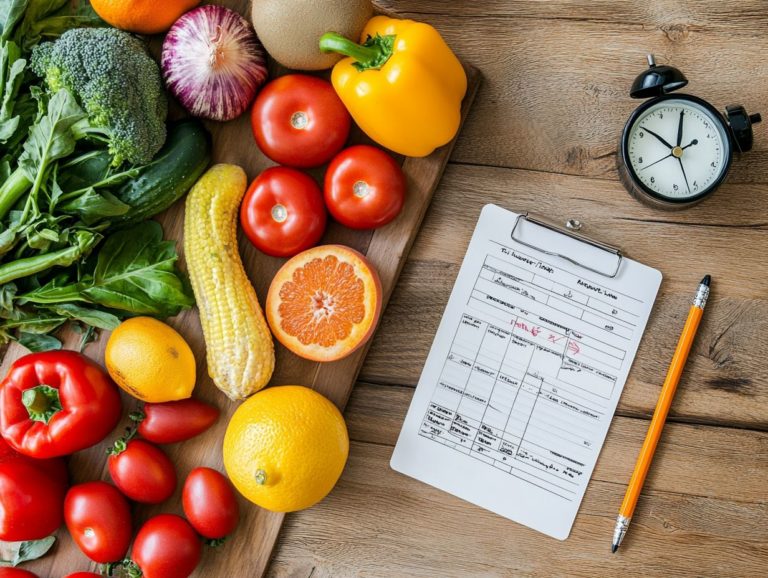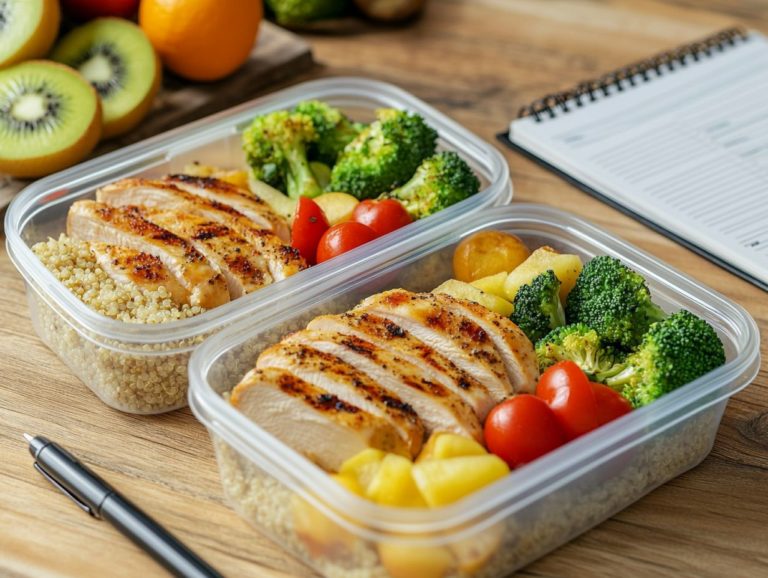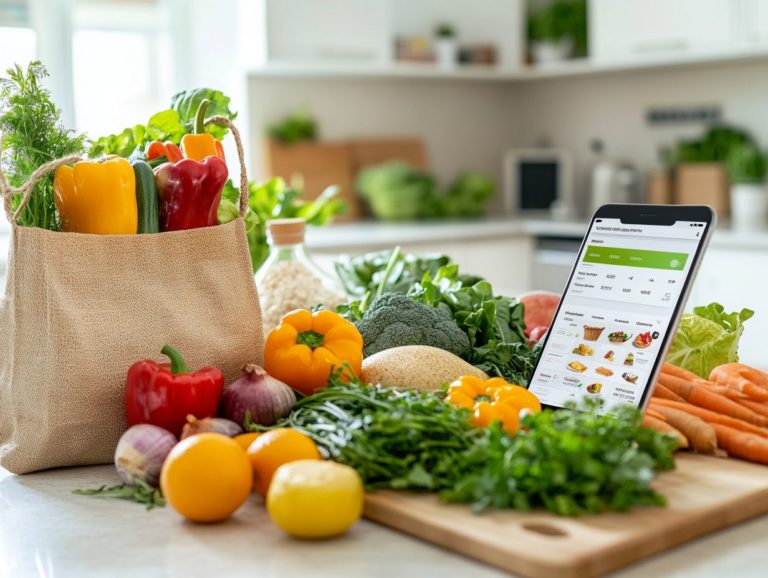The Benefits of Color-Coding Your Meal Plan
Are you weary of your mundane meal planning routine? Immerse yourself in the exciting world of color-coding!
This innovative strategy not only simplifies your meal prep but also enables you to craft balanced and nutritious meals with ease.
Explore the myriad benefits of using a color-coded system, discover how to seamlessly integrate it into your meal planning, and uncover tips for maintaining consistency while infusing creativity into your culinary endeavors.
Get ready to transform your meals into a dazzling feast for the senses!
Contents
- Key Takeaways:
- The Benefits of Color-Coding Your Meal Plan
- How to Color-Code Your Meal Plan
- Tips for Success with Color-Coded Meal Planning
- Frequently Asked Questions
- What is color-coding and how can it benefit my meal plan?
- How does color-coding help with meal planning?
- Can color-coding my meal plan help with portion control?
- What are the benefits of having a visually appealing meal plan?
- How can color-coding my meal plan promote a more balanced diet?
- Is color-coding suitable for all types of meal plans?
Key Takeaways:
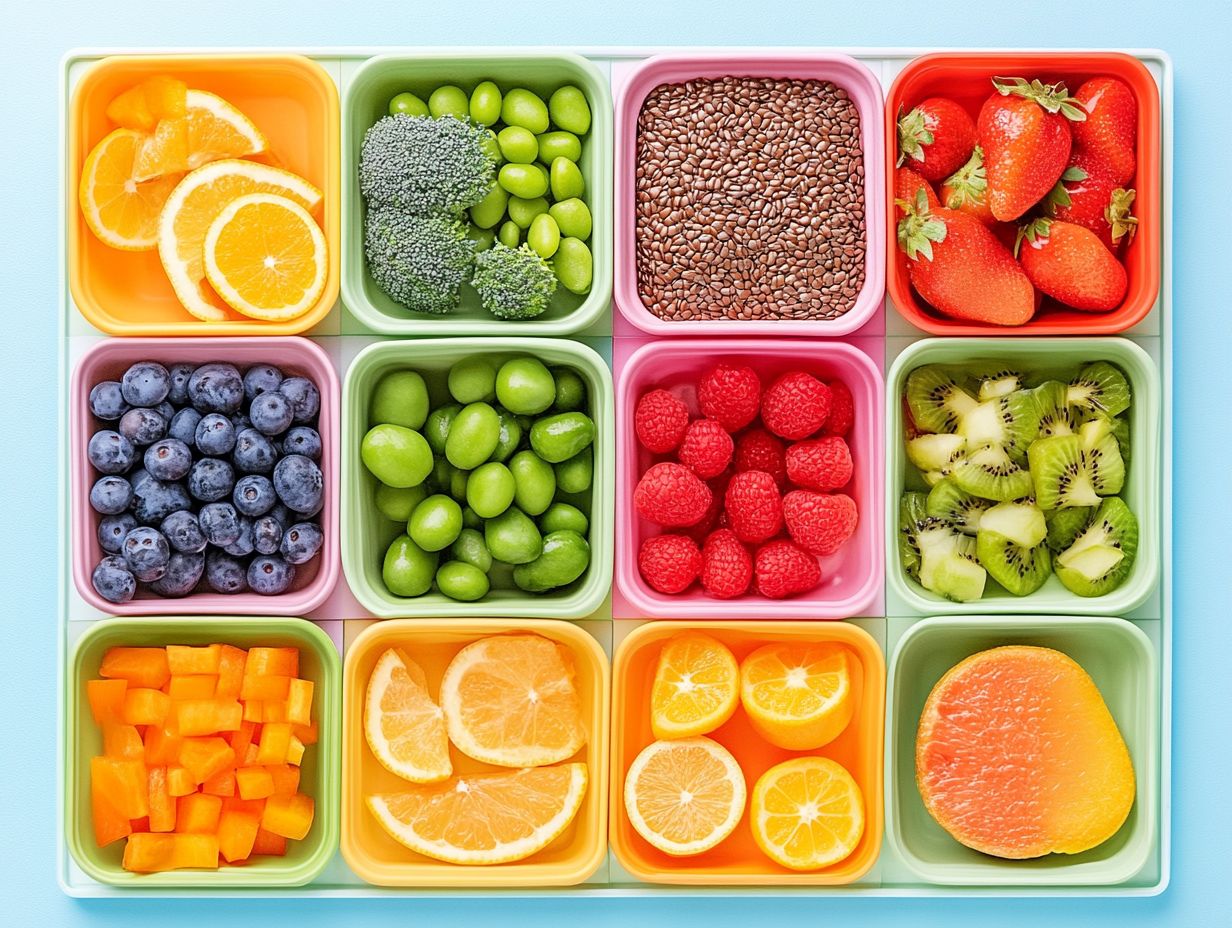
- Simplify your meal planning today by visually organizing your meals for the week!
- Create balanced and nutritious meals by assigning colors to different food groups and ensuring variety in your meal plan.
- Success with color-coded meal planning requires consistency and flexibility while incorporating creativity and variety for a well-rounded and enjoyable meal plan.
What is Color-Coding and How Does it Work?
Color-coding is a simple method that you can employ in food safety and kitchen organization to clearly distinguish between various food items.
By assigning specific colors to different food categories like perishable goods, allergens, and cleaning chemicals you can reduce food safety risks and enhance customer safety by preventing cross-contamination.
This method simplifies the identification and separation of ingredients and acts as a visual cue for your staff, prompting them to follow safe handling procedures.
Implementing this strategy means designating distinct colors for tools such as cutting boards, knives, and containers, corresponding to specific food items.
For instance, a red board could signal raw meat, while a green board is reserved for fresh vegetables.
Effective labeling complements your color-coding efforts, ensuring that everyone on your team understands the purpose of each tool and significantly reducing the risk of mixing allergen-free and allergen-containing items.
Visual aids like posters and charts can enhance understanding and adherence to these practices, playing a crucial role in maintaining hygiene and preventing foodborne illnesses.
The Benefits of Color-Coding Your Meal Plan
Implementing a color-coded meal plan can significantly elevate your kitchen organization and streamline food storage.
This approach enables you to meet dietary needs while minimizing food waste and enhancing customer satisfaction.
With an effective labeling system in place, you can easily categorize food items based on cooking dates, dietary restrictions, and expiry, fostering optimal meal planning and safety practices.
Organizing and Simplifying Meal Planning
Organizing and simplifying your meal planning through color-coding can significantly elevate your kitchen efficiency.
By making it easier to identify ingredients and adhere to food safety procedures, you streamline the cooking process.
Categorizing perishable goods ensures that items are used according to the First In First Out (FIFO) system, meaning using older items first to ensure freshness.
When you employ a color-coded labeling system, whether at home or in a professional kitchen, you can quickly locate necessary items, cutting down on the time spent rummaging through your pantry.
For example, labeling frozen, refrigerated, and dry goods with distinct colors allows for immediate identification and encourages you to regularly check stock levels.
This mindful approach promotes adherence to food safety practices since expired or soon-to-expire items are used promptly, reducing the likelihood of food waste.
By reinforcing the FIFO practice, you ensure that older items are always prioritized, ultimately optimizing the freshness of your meals while minimizing your environmental impact.
Creating Balanced and Nutritious Meals
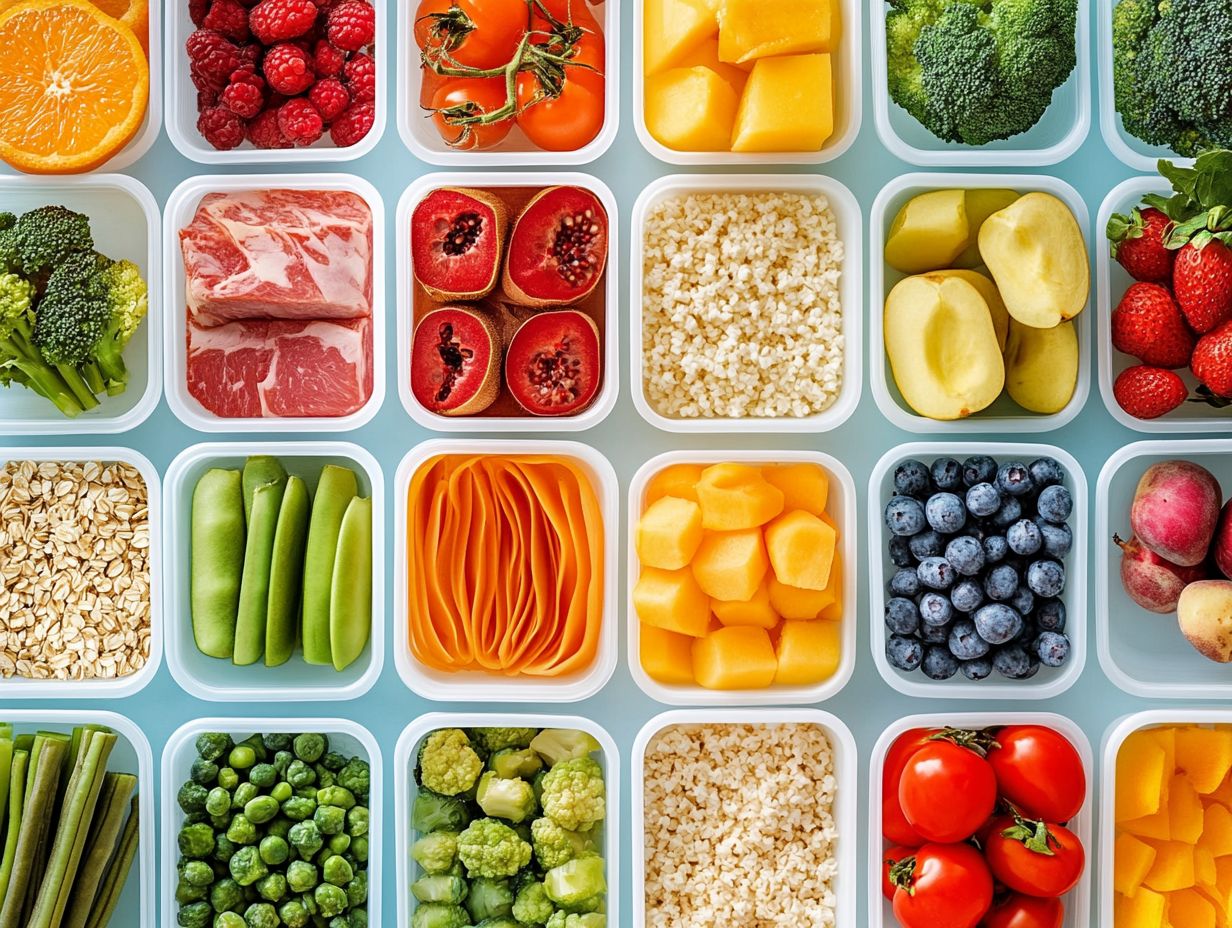
Creating balanced and nutritious meals is essential for your health and well-being. Using a color-coded meal plan can simplify this process. It ensures you enjoy a diverse and colorful diet rich in antioxidants and essential nutrients.
By categorizing food items based on their nutritional values, you can easily meet your dietary needs. This method encourages you to savor a variety of vegetables and other food groups. It makes meal planning visually appealing.
Incorporating a spectrum of colors can inspire you to explore lesser-known produce. This enhances your understanding of various nutrients and their benefits. It also streamlines tracking your food intake, making it easier to spot areas that might need adjustment.
Therefore, you can confidently create meals that provide a balanced array of vitamins and minerals. These meals can be tailored to support your specific health goals and preferences.
How to Color-Code Your Meal Plan
Color-coding your meal plan requires a thoughtful strategy. Use visuals and effective labeling techniques to ensure food safety and maintain organization in your kitchen.
By creating a clear color system, you can categorize ingredients effortlessly. This helps you keep track of food expiry dates and implement proper procedures for meal preparation.
This approach enhances efficiency and elevates your culinary experience.
Choosing Your Color System
Choosing your color system is a key step in implementing color coding for your meal plan. This decision lays the groundwork for effective organization and easy identification of food items.
Establish a clear color palette for categories such as fruits, vegetables, proteins, and allergens. This enhances safety practices and streamlines kitchen operations.
Ensure that each hue is visually distinct. This avoids confusion during food preparation and serving. Each color should convey a specific meaning, allowing your staff to quickly identify and separate items.
Consider the visibility and legibility of colors under various lighting conditions. This helps maintain consistency throughout your culinary environment. Involving your staff in the selection process encourages adherence to the color coding system.
Applying Color-Coding to Your Meal Plan
Using color-coding for your meals is a fun and smart way to enhance organization. It ensures you stick to your dietary needs. By labeling food items and storage areas, you create a visually appealing and efficient system.
Start by assigning specific colors to each food group green for vegetables, red for fruits, blue for proteins, and yellow for grains.
Gather materials like colored stickers or markers to clearly label your containers, bags, and jars. Store perishable items at the front of the refrigerator, displaying their designated colors. This makes it easy to find exactly what you need.
This method boosts meal prep efficiency and enhances food safety. You’re more likely to keep track of expiration dates and proper storage techniques. This visual system streamlines your cooking process, minimizing time spent looking for ingredients.
Tips for Success with Color-Coded Meal Planning
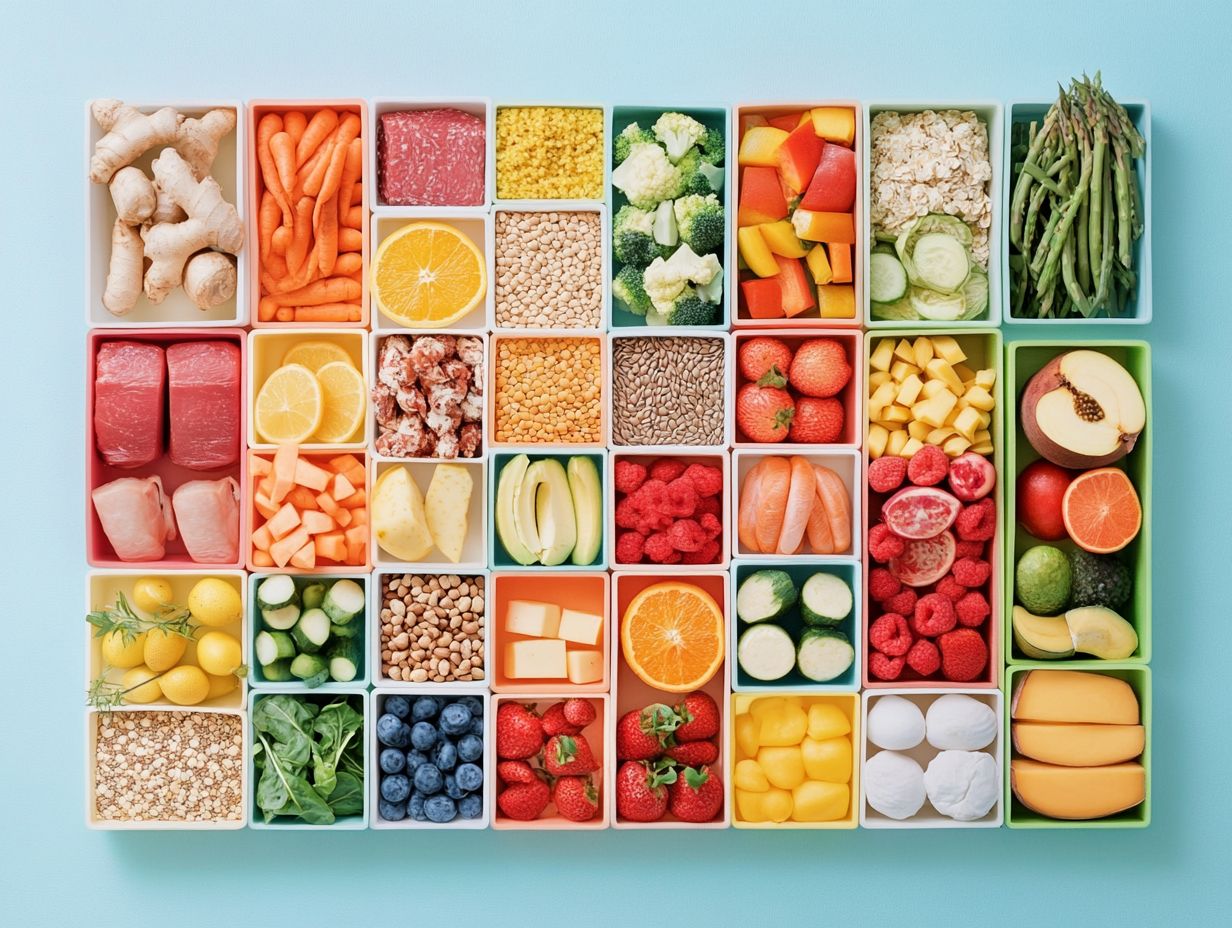
To succeed with color-coded meal planning, establish clear guidelines and best practices. These promote kitchen organization and uphold food safety standards.
Implement effective training for your team on the significance of color coding. This enhances compliance with safety practices and streamlines the meal preparation process.
Start organizing your kitchen today to enjoy healthier meals tomorrow! Try color-coding your own meals and share your experiences.
Staying Consistent and Flexible
Staying consistent yet flexible with your color-coded meal plan is essential for adapting to your evolving dietary needs while ensuring compliance with food safety protocols.
A steady approach to color-coding not only streamlines meal preparation but also allows you to make adjustments based on seasonal ingredients or emerging dietary trends.
By introducing new foods and accommodating special dietary requirements, you can significantly enhance the overall nutrition and variety of your meals. This flexibility ensures that everyone whether they re managing allergies or following a specific diet feels included.
Embracing this balance not only supports your health goals but also makes cooking fun and exciting, inviting you to experiment and discover flavors that might otherwise be overlooked.
This dynamic approach deepens your understanding of meal planning, transforming it into a sustainable practice for the long haul.
Incorporating Variety and Creativity
Incorporating variety and creativity into your color-coded meal plan elevates the cooking experience and ensures you enjoy a well-rounded and nutritious diet.
By using colors to represent different food groups, you open the door to diverse ingredients while maintaining that all-important nutritional balance.
This approach invites you to explore an array of vibrant fruits and vegetables, adding both flavor and visual appeal to your dishes.
Picture yourself tossing bright bell peppers, deep green spinach, and juicy red tomatoes into a salad, turning it into a feast for both the eyes and the palate.
As you venture into new recipes, keep in mind that each color’s nutritional benefits can significantly enhance your overall health.
Embrace the endless possibilities of your color-coded meal plan today! Get inspired to create meals that not only look fantastic but also nourish your body and soul.
Frequently Asked Questions
What is color-coding and how can it benefit my meal plan?
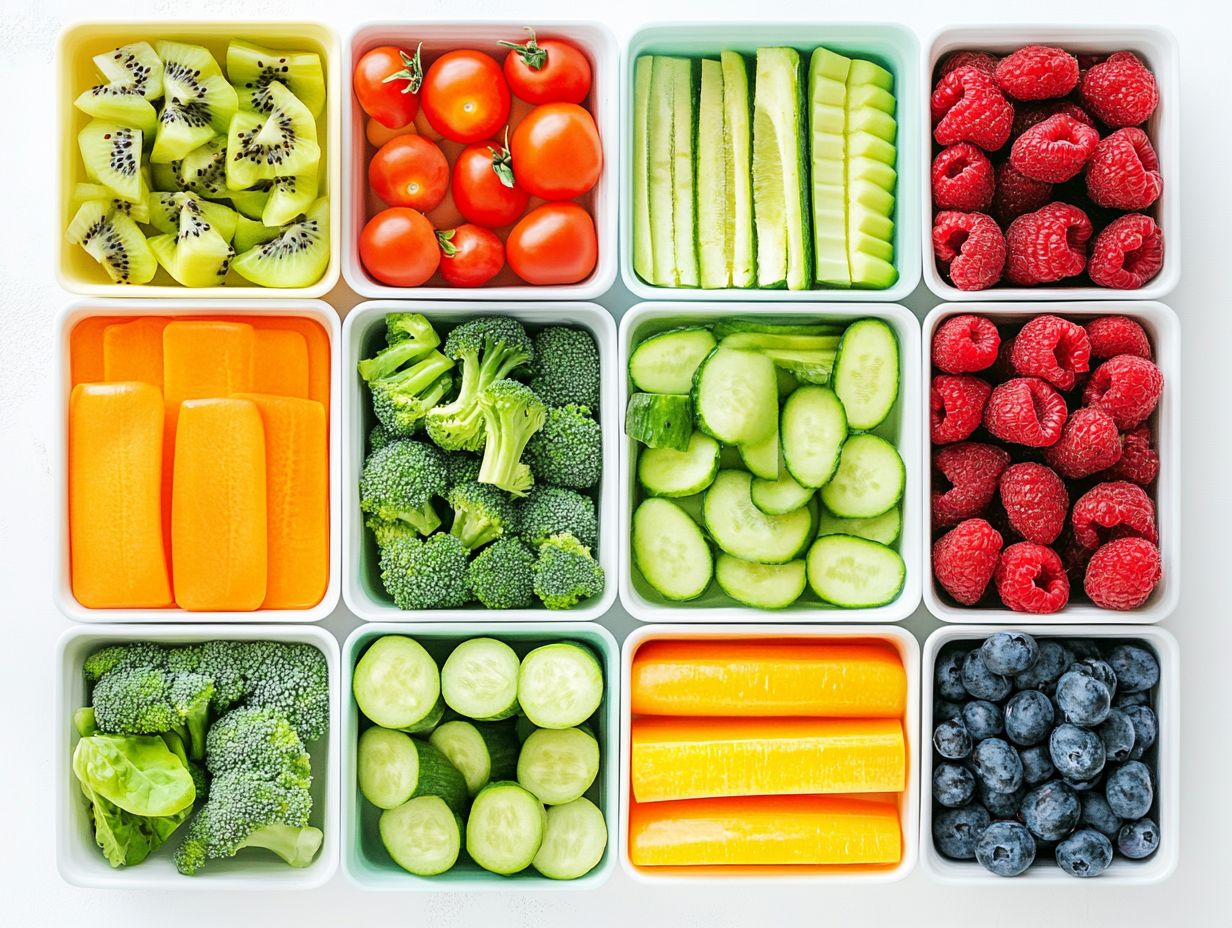
Color-coding is a system of assigning specific colors to different food groups or categories in your meal plan. This can benefit your meal plan by making it visually appealing and easier to follow, as well as promoting a more balanced and nutritious diet.
How does color-coding help with meal planning?
Color-coding helps with meal planning by providing a quick and easy way to identify which food groups are included in each meal. This makes it simpler to ensure that your meals are well-balanced and meet your nutritional needs, highlighting the benefits of meal planning for your health.
Can color-coding my meal plan help with portion control?
Yes, color-coding your meal plan can help with portion control by visually representing the recommended serving sizes for each food group. This can prevent overeating and promote a healthier relationship with food.
What are the benefits of having a visually appealing meal plan?
A visually appealing meal plan can make meal planning and preparation more enjoyable. This can lead to increased motivation and adherence to your meal plan, making it easier to maintain a healthy diet.
How can color-coding my meal plan promote a more balanced diet?
Color-coding can promote a more balanced diet by visually representing which food groups are included in each meal. This helps ensure that you are getting a variety of nutrients and prevents you from over-relying on certain food groups.
Is color-coding suitable for all types of meal plans?
Yes, color-coding can be beneficial for all types of meal plans, including vegetarian, vegan, gluten-free, and other specialized diets. It can be customized to fit your specific dietary needs and preferences.
Ready to start your color-coded meal planning journey? Dive in and make your meals both nourishing and exciting!
